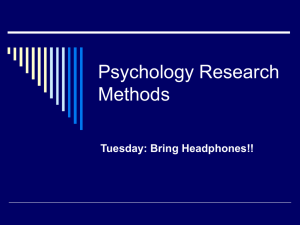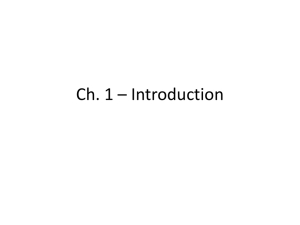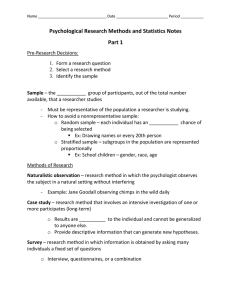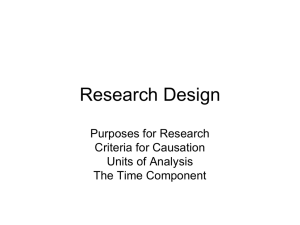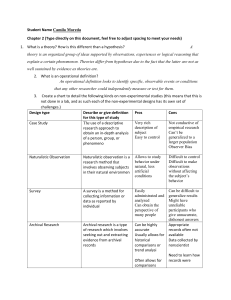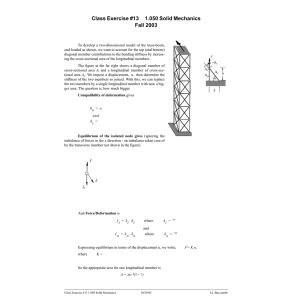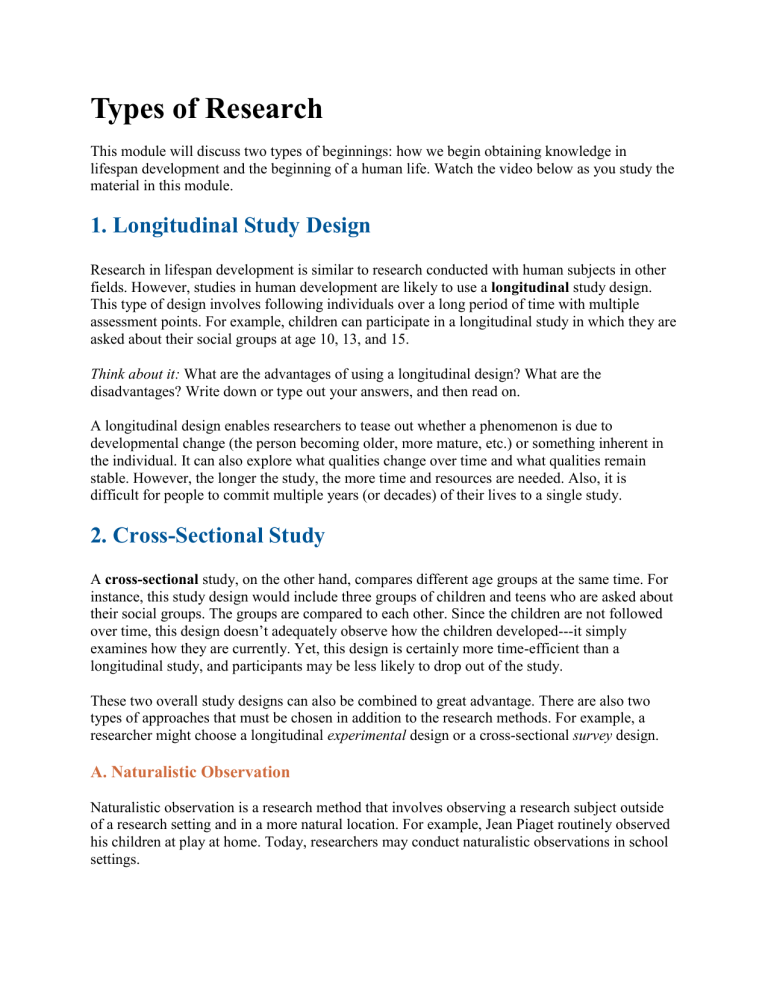
Types of Research This module will discuss two types of beginnings: how we begin obtaining knowledge in lifespan development and the beginning of a human life. Watch the video below as you study the material in this module. 1. Longitudinal Study Design Research in lifespan development is similar to research conducted with human subjects in other fields. However, studies in human development are likely to use a longitudinal study design. This type of design involves following individuals over a long period of time with multiple assessment points. For example, children can participate in a longitudinal study in which they are asked about their social groups at age 10, 13, and 15. Think about it: What are the advantages of using a longitudinal design? What are the disadvantages? Write down or type out your answers, and then read on. A longitudinal design enables researchers to tease out whether a phenomenon is due to developmental change (the person becoming older, more mature, etc.) or something inherent in the individual. It can also explore what qualities change over time and what qualities remain stable. However, the longer the study, the more time and resources are needed. Also, it is difficult for people to commit multiple years (or decades) of their lives to a single study. 2. Cross-Sectional Study A cross-sectional study, on the other hand, compares different age groups at the same time. For instance, this study design would include three groups of children and teens who are asked about their social groups. The groups are compared to each other. Since the children are not followed over time, this design doesn’t adequately observe how the children developed---it simply examines how they are currently. Yet, this design is certainly more time-efficient than a longitudinal study, and participants may be less likely to drop out of the study. These two overall study designs can also be combined to great advantage. There are also two types of approaches that must be chosen in addition to the research methods. For example, a researcher might choose a longitudinal experimental design or a cross-sectional survey design. A. Naturalistic Observation Naturalistic observation is a research method that involves observing a research subject outside of a research setting and in a more natural location. For example, Jean Piaget routinely observed his children at play at home. Today, researchers may conduct naturalistic observations in school settings. B. Case Study Similarly, case studies often involve direct observation of research subjects. But, case studies also involve interviewing the participant in great detail. As such, it is a very detailed examination of an individual. C. Survey/Interview Surveys can be administered anonymously, such as via the Internet or mail, or in person. If they are administered in person, they would take place in an interview format. Surveys ask questions about attitudes, opinions, and the frequencies of certain behaviors. D. Correlational Research In correlational research, the researcher is interested in knowing how two variables, or things, relate together. For example, do the number of friendships that people have increase with age? To answer this, researchers use statistics to indicate the degree and direction of the relationship. The degree of the relation tells you how strong the correlation is, while the direction indicates whether both variables increase together (that would be a positive relationship) or whether as one variable increases, the other decreases (a negative, or inverse, relationship). An example of a negative association or relationship would be as one gets older, one throws fewer temper tantrums. E. Experiments Many fascinating results have arisen from psychological experiments. An experiment is a research design in which the researcher tightly controls the setting, as well as participants and variables in the research study. In addition, the researcher manipulates a factor that is believed to have some influence. For instance, in a treatment study, treatment would be the manipulated variable. Treatment studies typically have more than one participant group, such as a group receiving psychotherapy, a group receiving drug treatment, and a control group. The manipulation can be observed in the researcher setting up this three-group situation and then randomly assigning participants to be in one of the groups. Due to these features, it is only an experimental study that can adequately discern whether the manipulated variable caused a change. No other study design allows such an observation to be made, since random assignment to groups and manipulation of an experimental variable are typically absent from other study designs.
